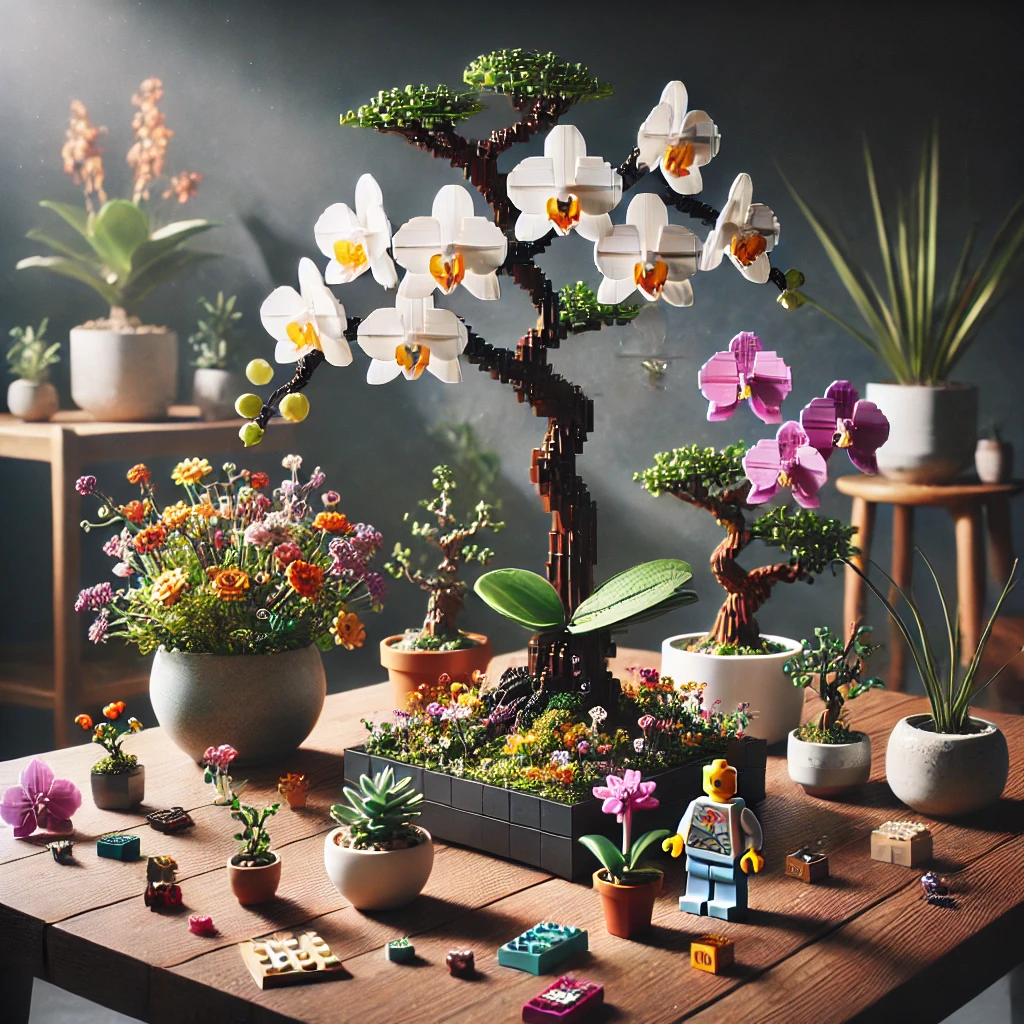Flávia P.
4 months ago
What Is: Sculpture
What Is: Sculpture – An Artistic Expression
Sculpture is a three-dimensional art form that involves shaping materials such as stone, metal, clay, or wood into artistic representations. This ancient practice dates back thousands of years and has evolved through various cultures and styles. Sculptors utilize a range of techniques, including carving, modeling, casting, and assembling, to create their works. The beauty of sculpture lies in its ability to convey emotions, tell stories, and represent ideas in a tangible form.
Types of Sculpture
There are several types of sculpture, each with its unique characteristics and methods of creation. Relief sculpture, for instance, is designed to be viewed from one side and is often attached to a background surface. In contrast, freestanding sculptures can be viewed from all angles and are typically placed in open spaces. Other types include kinetic sculptures, which incorporate movement, and environmental sculptures, which interact with their surroundings. Each type offers a different experience and engages the viewer in distinct ways.
Materials Used in Sculpture
The choice of materials in sculpture is crucial as it affects the final appearance and durability of the artwork. Traditional materials like marble and bronze are favored for their longevity and aesthetic qualities, while modern sculptors often experiment with unconventional materials such as glass, plastic, and found objects. Each material brings its own texture, color, and weight, allowing artists to express their vision and creativity in diverse ways. Understanding the properties of these materials is essential for sculptors to achieve their desired effects.
Famous Sculptors and Their Contributions
Throughout history, many sculptors have made significant contributions to the art form, leaving a lasting impact on culture and society. Renowned figures like Michelangelo, with his iconic statue of David, and Auguste Rodin, known for The Thinker, have set high standards for artistic excellence. Contemporary sculptors like Jeff Koons and Damien Hirst continue to push boundaries, exploring themes of consumerism and identity through their innovative works. Their legacies inspire new generations of artists to explore the possibilities of sculpture.
The Role of Sculpture in Public Spaces
Sculpture plays a vital role in public spaces, enhancing the environment and fostering community engagement. Public sculptures can serve as landmarks, memorials, or focal points in parks and plazas, inviting interaction and contemplation. They often reflect cultural values and historical narratives, making art accessible to a broader audience. The integration of sculpture into urban design can transform ordinary spaces into vibrant cultural hubs, encouraging social interaction and artistic appreciation.
Sculpture in Popular Culture
The influence of sculpture extends beyond traditional art venues into popular culture, where it intersects with fashion, film, and design. Iconic sculptures often inspire merchandise, collectibles, and even theme park attractions. For instance, the popularity of Funko Pop figures has introduced a new generation to the world of collectible art, blending sculpture with pop culture icons. This fusion highlights the evolving nature of sculpture and its relevance in contemporary society.
Techniques in Sculpture Making
Sculptors employ various techniques to bring their ideas to life, each requiring a unique skill set and approach. Carving involves removing material from a solid block, while modeling allows for the addition of material to create forms. Casting is a process where a liquid material is poured into a mold to create a sculpture, and assemblage involves combining different objects to form a cohesive piece. Mastering these techniques is essential for sculptors to effectively communicate their artistic vision.
The Impact of Technology on Sculpture
Advancements in technology have significantly influenced the field of sculpture, opening new avenues for creativity and production. Digital tools and 3D printing have revolutionized the way sculptors design and create their works, allowing for precision and experimentation that were previously unimaginable. Artists can now visualize their concepts in virtual spaces before bringing them to life, leading to innovative forms and structures that challenge traditional notions of sculpture.
Exploring Sculpture Through Education
Education plays a crucial role in the development of sculptors and the appreciation of sculpture as an art form. Many institutions offer specialized programs in sculpture, providing students with the technical skills and theoretical knowledge necessary to succeed in the field. Workshops, exhibitions, and community projects also foster a deeper understanding of sculpture, encouraging individuals to engage with the medium and explore their creativity. Through education, the legacy of sculpture continues to thrive and evolve.





